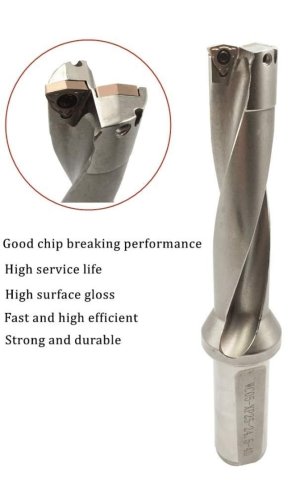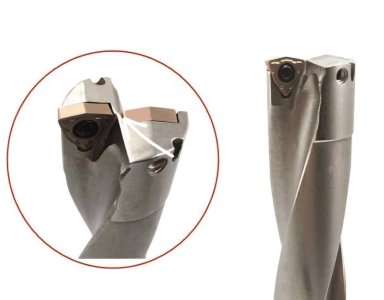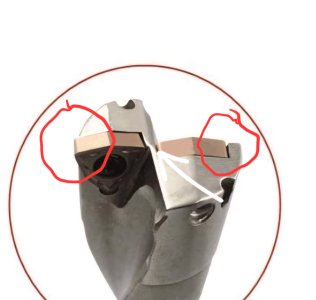But remember that this is all about drilling a forged steel drawbar by using extreme pressure on Carbide inserts and very low speed. It a whole new realm of machining for me.
Maybe you missed it, but the slow speed, high pressure, esp. in the Cole Drill I mentioned, was in reference to using Carbon steel and HSS drills to punch way over their weight class, not about carbide drills.
Run a carbide drill at the speeds the manufacturer of the inserts, specs. Most print catalogs and online ones, show a little graph that shows the expected performance of the insert, in various materials as well as feed rates.
Not sure how you get the whole "two Inserts" idea looking at those boring bars. Use them in a boring head and act as if norbl! 🙂
I have seen drills that use multiple inserts, but they are specific geometry for drilling, not boring.



